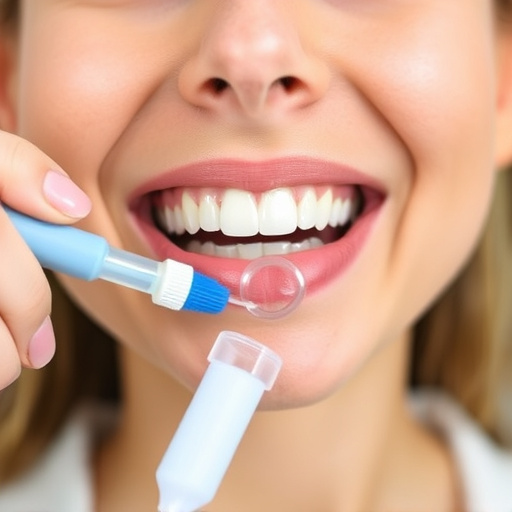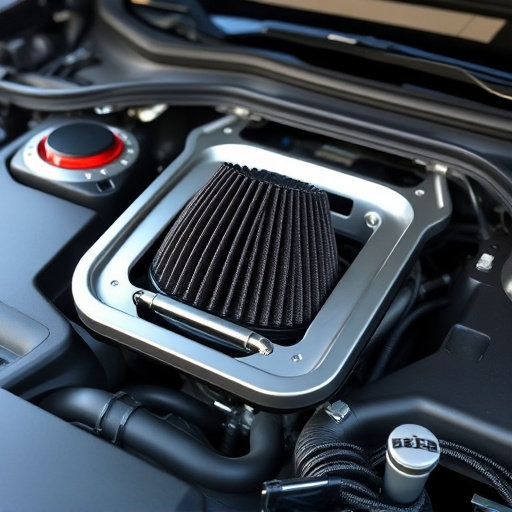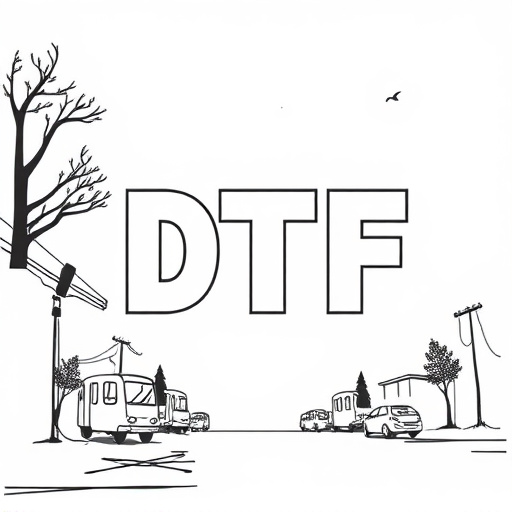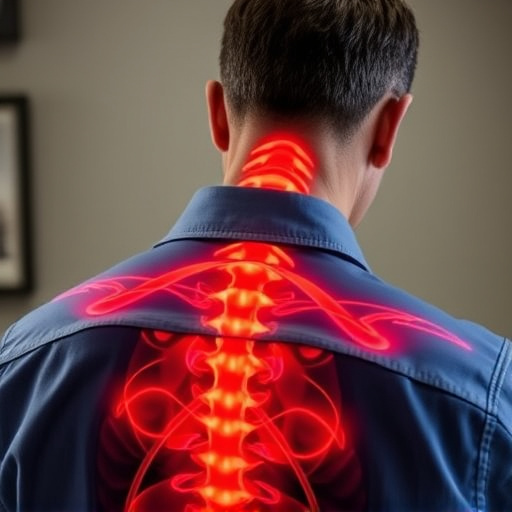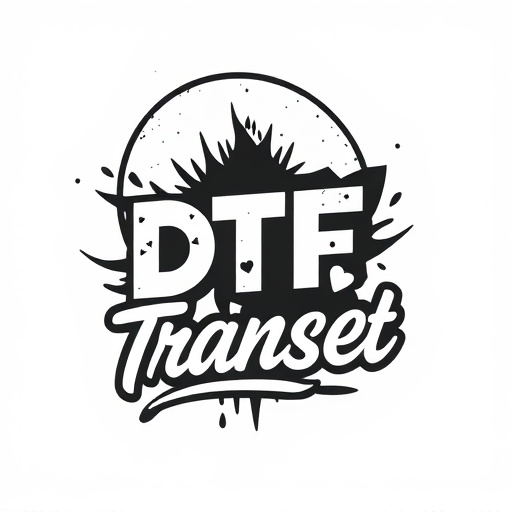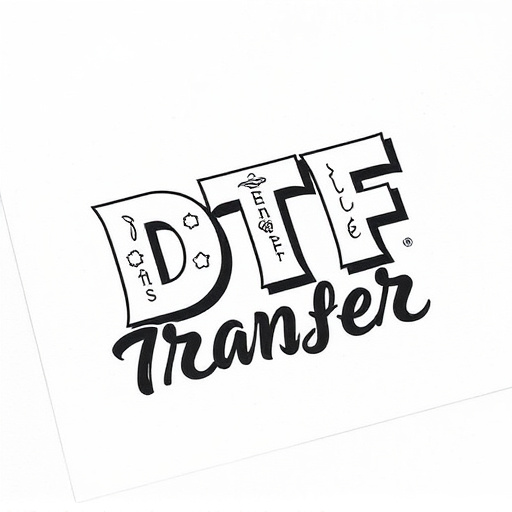Direct-to-Film (DTF) technology is revolutionizing outdoor signage by directly applying inks to media, enhancing durability and vibrancy compared to traditional methods. UV radiation, a significant outdoor challenge, accelerates fading and material degradation, but DTF transfers with specialized UV-absorbing coatings mitigate this issue, extending lifespans and reducing maintenance costs. Choosing the right UV inhibitors and coatings based on sun exposure and conditions ensures DTF prints remain intact for longer periods, suitable for various applications like billboards, banners, and wayfinding signs. Future advancements in DTF printing include UV stabilizers and curable techniques, promising even more robust and eco-friendly outdoor displays.
“Unveiling the Future of Outdoor Display: Ultraviolet-Resistant Direct-to-Film Transfers
In the quest for durable outdoor signage, advertising, and wayfinding solutions, the rise of direct-to-film (DTF) transfers has been nothing short of revolutionary. This cutting-edge printing method offers an innovative approach to enhancing outdoor durability with ultraviolet (UV)-resistant treatments. Our article explores how UV radiation impacts outdoor materials and why DTF transfers are a game-changer. We delve into the benefits, protection strategies, and diverse applications, setting the stage for a vibrant future in outdoor UV-protective printing technologies.”
- Understanding Ultraviolet (UV) Radiation and Its Impact on Outdoor Materials
- The Rise of Direct-to-Film (DTF) Transfers: A Revolutionary Printing Method
- Advantages of UV-Resistant DTF Transfers for Outdoor Durability
- Choosing the Right UV Inhibitors and Coatings for Optimal Protection
- Applications of UV-Resistant DTF in Signage, Advertising, and Wayfinding
- Future Trends and Innovations in Outdoor UV-Protective Printing Technologies
Understanding Ultraviolet (UV) Radiation and Its Impact on Outdoor Materials
Ultraviolet (UV) radiation, a component of sunlight, plays a significant role in the deterioration of outdoor materials and surfaces. When UV rays come into contact with various substances, they can initiate chemical reactions that lead to fading, cracking, and overall material degradation. This is particularly relevant for direct-to-film (DTF) transfers used in outdoor applications, as these films are exposed to the elements on a daily basis.
In terms of DTF transfers, understanding UV radiation’s effects is crucial for ensuring longevity and preservation. The intense UV rays can break down the chemical bonds in inks and polymers used for DTF printing, causing them to lose their vibrancy and integrity over time. Protective coatings and specialized inks designed to absorb or reflect UV radiation are essential in mitigating these issues, thus extending the lifespan of outdoor graphics and signage made through DTF methods.
The Rise of Direct-to-Film (DTF) Transfers: A Revolutionary Printing Method

The direct-to-film (DTF) transfer method has emerged as a game-changer in outdoor signage and graphics, revolutionizing the way we print and apply images to various surfaces. This innovative process eliminates the need for intermediate substrates, such as vinyl or canvas, by applying inks directly onto the final medium, whether it’s a window, a vehicle, or a durable plastic film designed for exterior use. DTF offers several advantages over traditional printing methods, including superior durability, vibrant color reproduction, and a more streamlined production process.
With the rise of digital printing technologies, DTF has gained popularity due to its ability to reproduce intricate designs with fine details and sharp edges. This method ensures that outdoor graphics maintain their visual impact even under harsh environmental conditions, like intense UV radiation and varying temperatures. As a result, DTF transfers are becoming the preferred choice for businesses seeking long-lasting, high-quality signage solutions, ensuring their messages or branding remain prominent and legible for extended periods.
Advantages of UV-Resistant DTF Transfers for Outdoor Durability

Ultraviolet (UV) radiation is a significant challenge for outdoor applications, causing faded colors and accelerated material degradation. This is where Ultraviolet-resistant direct-to-film (DTF) transfers shine. These specialized transfers offer superior durability by mitigating the damaging effects of UV rays, ensuring that graphics maintain their vibrancy and integrity even under harsh environmental conditions.
Compared to traditional printing methods, DTF transfers provide a more protective layer for outdoor signage, billboards, and other exposed surfaces. The UV-resistant properties extend the lifespan of these displays, reducing maintenance needs and costs. Additionally, DTF transfers offer excellent print quality, color accuracy, and flexibility in design possibilities, making them a top choice for enhancing outdoor spaces with visually appealing and long-lasting graphics.
Choosing the Right UV Inhibitors and Coatings for Optimal Protection
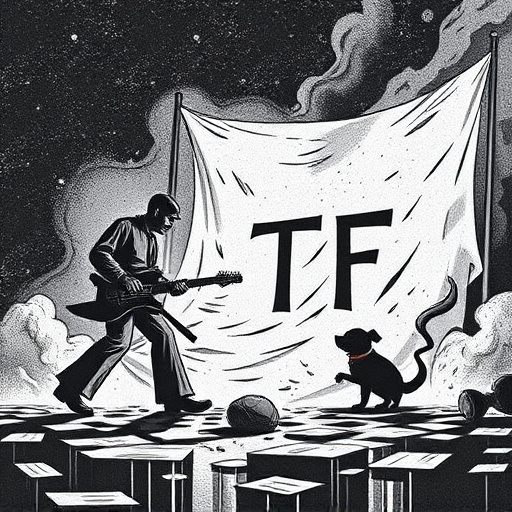
When selecting UV inhibitors and coatings for direct-to-film (DTF) transfers intended for outdoor use, it’s crucial to consider factors like sun exposure, environmental conditions, and desired lifespan. Different UV stabilizers offer varying levels of protection, with some specializing in blocking harmful UVA and UVB rays while others focus on preventing color fading.
Coatings play a dual role, providing not only UV resistance but also enhancing the overall durability and visual appeal of the DTF print. Choosing the right combination ensures that your outdoor signage, graphics, or art remains vibrant and intact for extended periods, withstanding the elements and weathering the test of time.
Applications of UV-Resistant DTF in Signage, Advertising, and Wayfinding
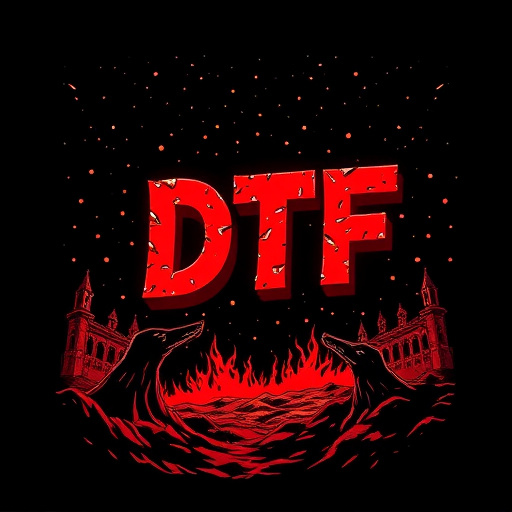
Ultraviolet (UV)-resistant direct-to-film (DTF) transfers have revolutionized signage, advertising, and wayfinding by offering a durable solution for outdoor applications. These advanced materials are designed to withstand harsh environmental conditions, including intense UV radiation from the sun, which can cause traditional prints to fade and lose their vibrancy over time.
In these sectors, UV-resistant DTF is particularly valuable for creating long-lasting, visually appealing displays that can be exposed to outdoor elements without compromising quality. Whether it’s vibrant billboards, eye-catching promotional banners, or informative wayfinding signs, UV-resistant DTF ensures the messages and graphics remain clear and vivid, even after prolonged exposure to sunlight and other weather conditions.
Future Trends and Innovations in Outdoor UV-Protective Printing Technologies
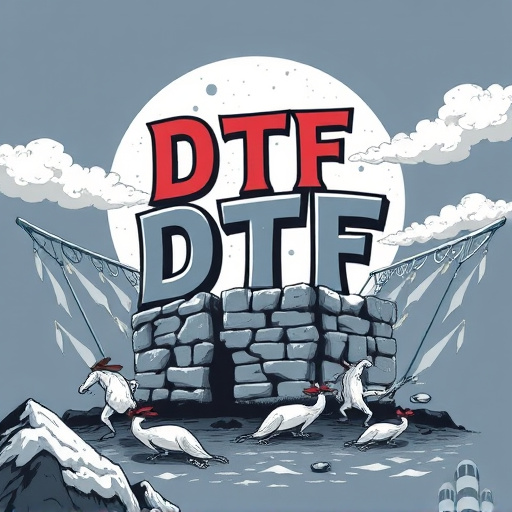
The future of outdoor printing technologies looks bright and vibrant, with continuous innovations aimed at enhancing durability and UV protection. Direct-to-film (DTF) printing is expected to play a pivotal role in this evolution, offering superior image quality and extended longevity for outdoor applications. Researchers and manufacturers are exploring advanced materials and ink formulations that can withstand the harshest environmental conditions without compromising on color accuracy or vibrancy.
One notable trend is the integration of specialized UV stabilizers into printing inks, ensuring that graphics remain vivid and intact even after prolonged exposure to sunlight. Additionally, new printing techniques like UV-curable DTF offer faster drying times and superior scratch resistance, making them ideal for demanding outdoor settings. As technology advances, we can anticipate even more robust and environmentally friendly solutions, revolutionizing the way we bring art and information to public spaces while ensuring their longevity.




